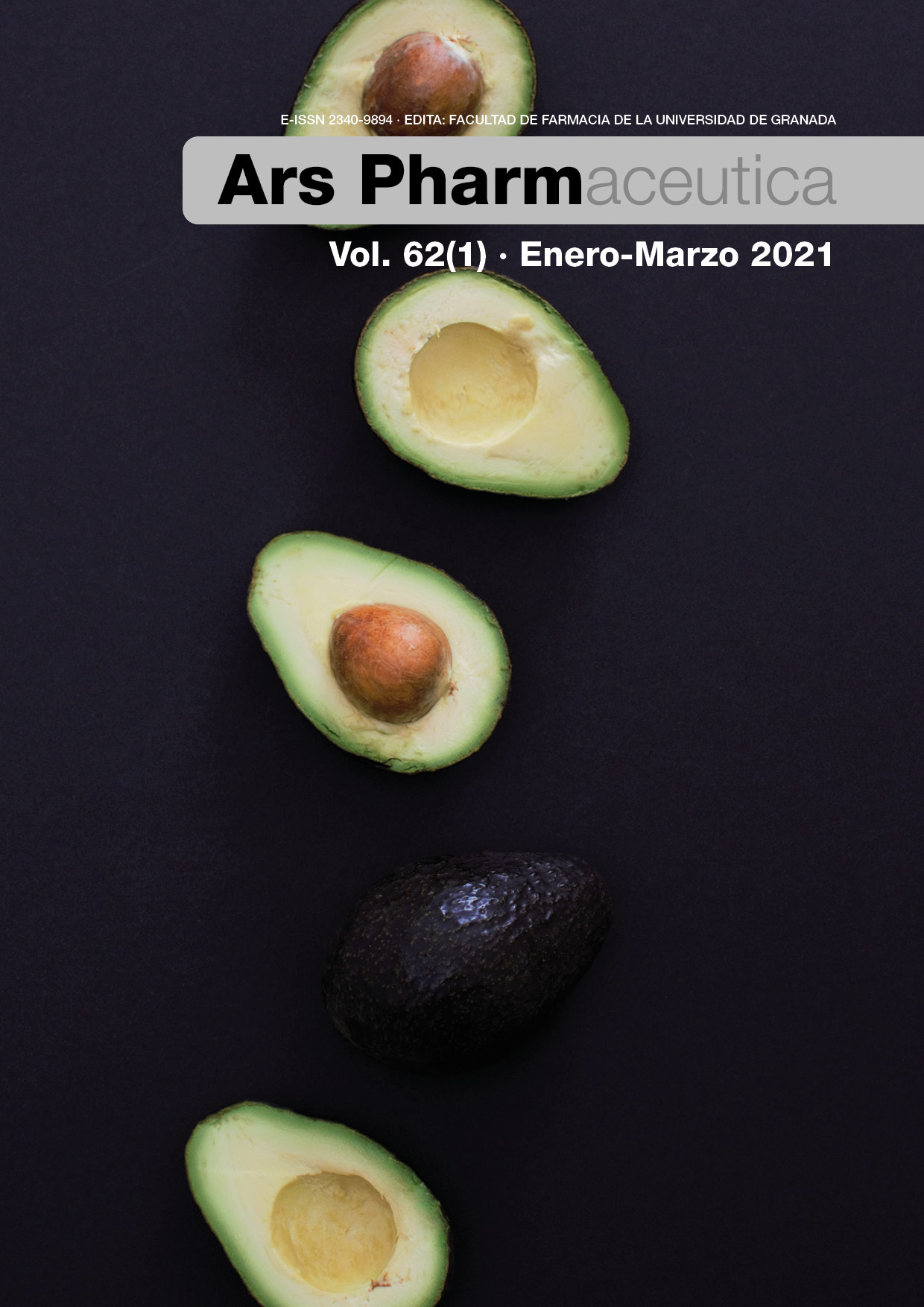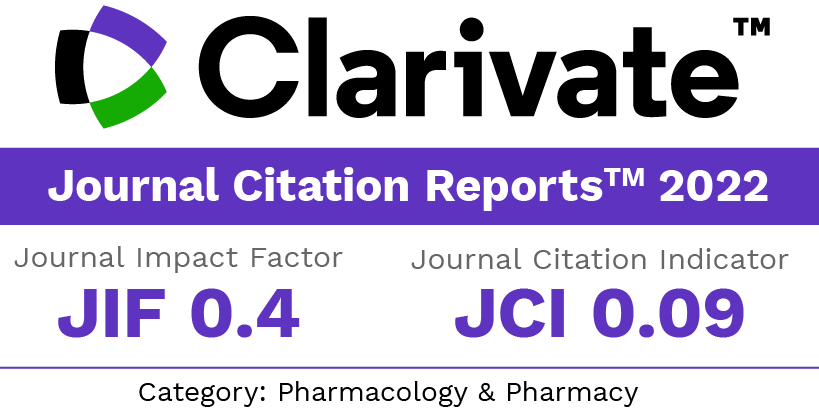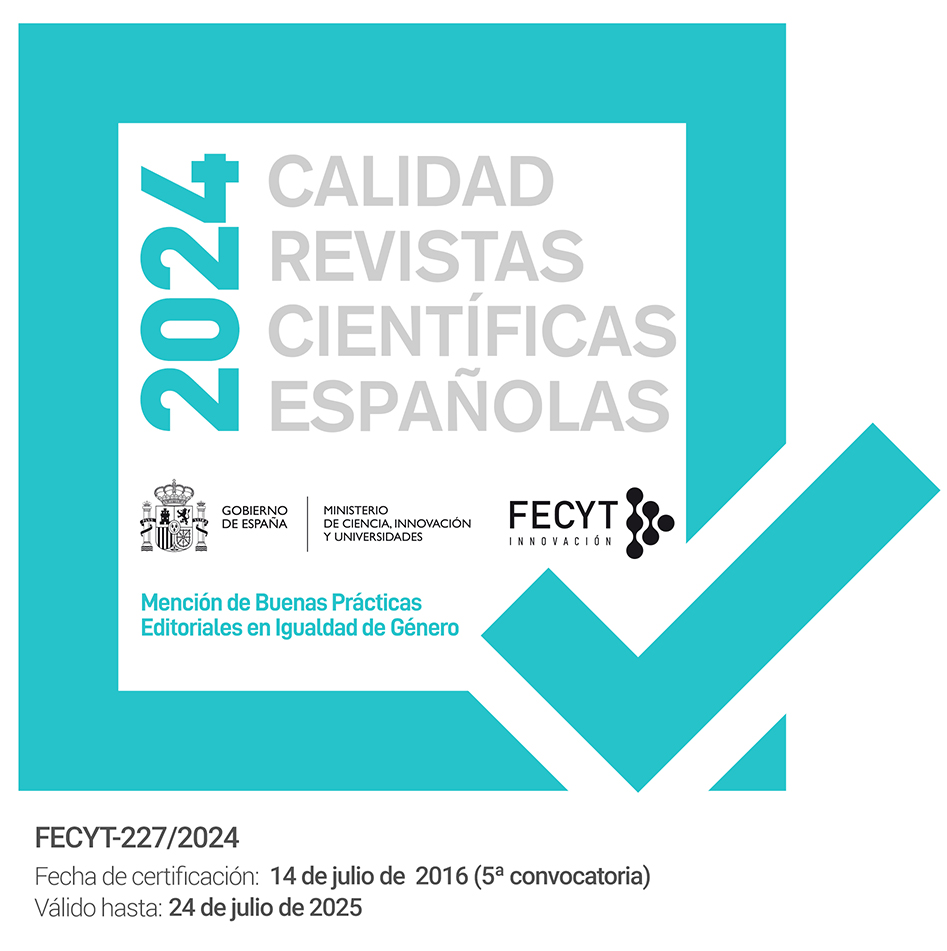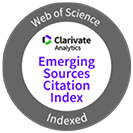Quercetin as a potential nutraceutic against coronavirus disease 2019 (COVID-19)
Keywords:
Quercetin, Chemoprophylaxis, Coronavirus, COVID-19, SARS-CoV-2Abstract
Background: The coronavirus disease 2019 (COVID-19) is a viral disease that affects several human organs and systems. Preventive or prophylactic treatments are specifically useful in emerging infectious diseases such as COVID-19 because they reduce the need for hospitalization and public health spending. Although the SARS-CoV-2 preventive effect of several therapeutic agents (e.g., hydroxychloroquine/chloroquine, remdesivir, lopinavir, and ritonavir) has been extensively evaluated, none of them have demonstrated significant clinical efficacy.
Purpose: We aim to address and discuss the recently published studies on the chemoprophylactic potential of quercetin against SARS-CoV-2.
Methodology: A literature search was carried out on different databases, such as PubMed/MEDLINE, Scielo, Scopus, Web of Science, Cochrane Library, and Clinical Trials.gov. Studies that report the effect of quercetin against SARS-CoV-2 or other types of coronaviruses were included and critically evaluated.
Results: Studies have shown that quercetin, an FDA-approved flavonoid used as an antioxidant and anti-inflammatory agent, inhibits the entry of coronavirus (SARS-CoV) into the host cell. Moreover, an in silico study showed that quercetin is a potent inhibitor of the SARS-CoV-2 main protease (Mpro), suggesting that this flavonoid is also active against COVID-19.
Conclusions: Because quercetin might prevent and lessen the duration of SARS-CoV-2 infections, it is plausible to assume that the prophylactic use of this flavonoid produces several clinical benefits. However, this preliminary evidence needs to be confirmed by in vitro assays and, posteriorly, in randomized clinical trials.
Downloads
References
Read JM, Bridgen JRE, Cummings DAT, Ho A, Jewell CP. Novel coronavirus 2019-nCoV: early estimation of epidemiological parameters and epidemic predictions. medRxiv. 2020;23: 20018549. doi: 10.1101/2020.01.23.20018549.
Smith M, Smith JC. Repurposing Therapeutics for COVID-19: Supercomputer-Based Docking to the SARS-CoV-2 Viral Spike Protein and Viral Spike Protein-Human ACE2 Interface [Internet]. ChemRxiv; 2020. doi: 10.26434/chemrxiv.11871402.v3.
Ahmed SF, Quadeer AA, McKay MR. Preliminary Identification of Potential Vaccine Targets for the COVID-19 Coronavirus (SARS-CoV-2) Based on SARS-CoV Immunological Studies. Viruses. 2020;12(3):254. doi: 10.3390/v12030254.
Chen L, Xiong J, Bao L, Shi Y. Convalescent plasma as a potential therapy for COVID-19. Lancet Infect Dis. 2020;20(4):398-400. doi: 10.1016/S1473-3099(20)30141-9. Epub 2020 Feb 27.
Palamar B, Gruzeva T. The estimation of economic effectiveness of preventive measures of non-infectious diseases. Wiad Lek. 2019;72(8):1532-1541.
Montoro P, Branca A, Pizza C, De Tommasi N. Structure–antioxidant activity relationships of flavonoids isolated from different plant species. Food Chem. 2005;92(2):349-355. doi: 10.1016/j.foodchem.2004.07.028.
Molnár J, Béládi I, Domonkos K, Földeák S, Boda K, Veckenstedt A. Antitumor activity of flavonoids on NK/Ly ascites tumor cells. Neoplasma. 1981;28(1):11-8.
Hollman PC, de Vries JH, van Leeuwen SD, Mengelers MJ, Katan MB. Absorption of dietary quercetin glycosides and quercetin in healthy ileostomy volunteers. Am J Clin Nutr. 1995;62(6):1276-82. doi: 10.1093/ajcn/62.6.1276.
Olthof MR, Hollman PC, Vree TB, Katan MB. Bioavalabilities of quercetin-3- glucoside anda quercetin-4'-glucoside do not differ in humans. J Nutr. 2000;130(5):1200-03. doi: 10.1093/jn/130.5.1200.
IARC Working Group on the Evaluation of Carcinogenic Risk to Humans. Some Chemicals that Cause Tumours of the Kidney or Urinary Bladder in Rodents and Some Other Substances. Lyon (FR): International Agency for Research on Cancer; 1999. (IARC Monographs on the Evaluation of Carcinogenic Risks to Humans, No. 73.) Available from: https://www.ncbi.nlm.nih.gov/books/NBK402050/.
Harwood M, Danielewska-Nikiel B, Borzelleca JF, Flamm GW, Williams GM, Lines TC. A critical review of the data related to the safety of quercetin and lack of evidence in vivo toxicity, including lack of genotoxic/carcinogenic properties. Food Chem Toxicol. 2007;45(11):2179-205. doi: 10.1016/j.fct.2007.05.015.
Gonzalez O, Fontanes V, Raychaudhuri S, Loo R, Loo J, Arumugaswami V, Sun R, Dasgupta A, French SW. The heat shock protein inhibitor Quercetin attenuates hepatitis C virus production. Hepatology. 2009;50(6):1756-64. doi: 10.1002/hep.23232.
Lopes RPL, Da Costa MF, Ribeiro AG, Da Silva TF, Lima CS, Caruso IP, et al. Quercetin pentaacetate inhibits in vitro human respiratory syncytial virus adhesion. Virus Res, 2020;276: doi: 10.1016/j.virusres.2019.197805.
Semple SJ, Pyke SM, Reynolds GD, Flower RL. In vitro antiviral activity of the anthraquinone chrysophanic acid against poliovirus. Antiviral Res. 2001;49(3):169-78. doi: 10.1016/s0166-3542(01)00125-5.
Andersen DO, Weber ND, Wood SG, Hughes BG, Murray BK, North JA. In vitro virucidal activity of selected anthraquinones and anthraquinone derivatives. Antiviral Res. 1991;16(2):185-96. doi: 10.1016/0166-3542(91)90024-l.
Kim HK, Jeon WK, Ko BS. Flavanone glycosides from Citrus junos and their anti-influenza virus activity. Planta Med. 2001;67(6):548-9. doi: 10.1055/s-2001-16484.
Yi L, Li Z, Yuan K, Qu X, Chen J, Wang G, Zhang H, Luo H, Zhu L, Jiang P, Chen L, Shen Y, Luo M, Zuo G, Hu J, Duan D, Nie Y, Shi X, Wang W, Han Y, Li T, Liu Y, Ding M, Deng H, Xu X. Small molecules blocking the entry of severe acute respiratory syndrome coronavirus into host cells. J Virol. 2004;78(20):11334-9. doi: 10.1128/JVI.78.20.11334-11339.2004.
Berg KF, inventor; Immunpharm A/S, assignee. Pharmaceutical Compositions Comprising Flavonoids And Menthol. United States patent US 7,671,086. 2010 Mar. 2.
Keller RH, inventor; Phoenix Biosciences, Inc., assignee. Treatments for viral infections. United States patent US 7,479,498. 2009 Sep. 19. Jan. 20.
Sargiacomo C, Sotgia F, Lisanti MP. COVID-19 and chronological aging: senolytics and other anti-aging drugs for the treatment or prevention of corona virus infection? Aging (Albany NY). 2020;12(8):6511-6517. doi: 10.18632/aging.103001. Epub 2020 Mar 30.
Egert S, Wolffram S, Bosy-Westphal A, Boesch-Saadatmandi C, Wagner AE, Frank J, Rimbach G, Mueller MJ. Daily quercetin supplementation dose-dependently increases plasma quercetin concentrations in healthy humans. J Nutr. 2008;138(9):1615-21. doi: 10.1093/jn/138.9.1615.
Khaerunnisa, S.; Kurniawan, H.; Awaluddin, R.; Suhartati, S.; Soetjipto, S. Potential Inhibitor of COVID-19 Main Protease (Mpro) From Several Medicinal Plant Compounds by Molecular Docking Study. Preprints 2020, 2020030226. doi: 10.20944/preprints202003.0226.v1.
Almeida AF, Borge GIA, Piskula M, Tudose A, Tudoreanu L, Valentová K, Williamson G, Cláudia N. Santos CN. Bioavailability of Quercetin in Humans with a Focus on Interindividual Variation. Compr Rev Food Sci Food Saf. 2018;17(3):714-731. doi: 10.1111/1541-4337.12342.
Downloads
Published
How to Cite
Issue
Section
License
Copyright (c) 2020 Júlio César Moreira Brito, William Gustavo Lima, Waleska Stephanie da Cruz Nizer

This work is licensed under a Creative Commons Attribution-NonCommercial-ShareAlike 4.0 International License.
The articles, which are published in this journal, are subject to the following terms in relation to the rights of patrimonial or exploitation:
- The authors will keep their copyright and guarantee to the journal the right of first publication of their work, which will be distributed with a Creative Commons BY-NC-SA 4.0 license that allows third parties to reuse the work whenever its author, quote the original source and do not make commercial use of it.
b. The authors may adopt other non-exclusive licensing agreements for the distribution of the published version of the work (e.g., deposit it in an institutional telematic file or publish it in a monographic volume) provided that the original source of its publication is indicated.
c. Authors are allowed and advised to disseminate their work through the Internet (e.g. in institutional repositories or on their website) before and during the submission process, which can produce interesting exchanges and increase citations of the published work. (See The effect of open access).



















